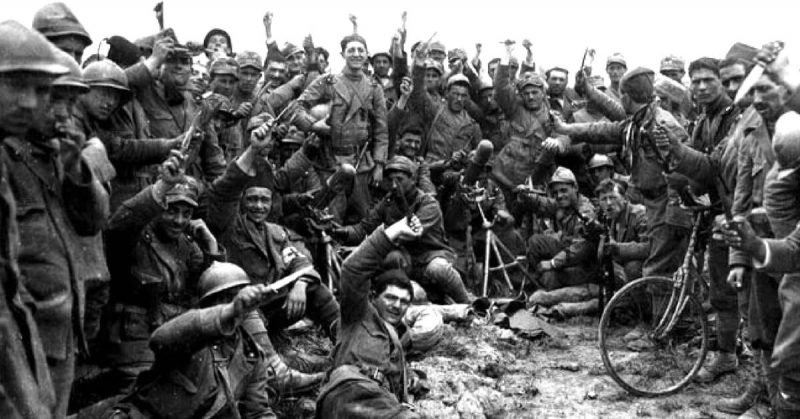The Arditi were a special Italian shock trooper unit which was most active during the last two years of the First World War. Their name derives from the Italian verb ardire (to dare), which was often translated as “The Daring Ones.”
The first mention of the Arditi came in 1916 at the initiative of young officers who served in the Italian frontline, facing the Austro-Hungarian Army.
Tired of the trench warfare, the officers suggested a new unit should be formed. Comprised strictly of volunteers it would serve as a vanguard in seizing enemy positions.
The Italian High Command was not eager in forming a new unit. Especially one that would be separate from the regular infantry corps, but they agreed on the general idea. Thus, an Arditi badge was created, to distinguish the daring volunteers from regular troops.
Meanwhile, the Austro-Hungarians had adopted the concept of assault troops from the Germans. They were preparing to utilize such tactics on the Italian front.
Even though the Arditi appeared in 1916, their origins can be traced from the beginning of the war. In 1914, the Italian Army organized small groups of “explorers” who received special behind-enemy-lines training.
Some sources link the origins of Arditi with the so-called Companies of Death. These squads were comprised of engineers together with heavy armored infantrymen who staged ambushes, planted explosives and blasted obstacles such as barbed wire.
A depiction of armor and “Farina” helmets which these Italian daredevils wore can be seen in the newest installment of the Battlefield franchise.
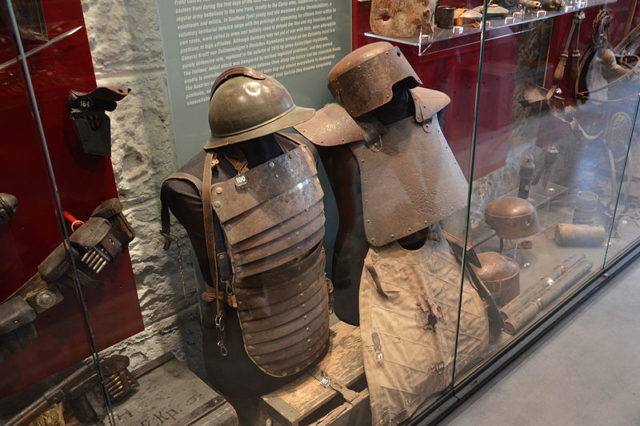
Whatever their actual origins might be, once the volunteers were rallied, all hell broke loose.
The volunteers were selected from among the bravest men. One of the conditions was to be resilient to artillery noise; not something everyone was accustomed to. The Arditi were to charge the enemy trenches while the friendly artillery was still pounding.
This was indeed a risky tactic. It would, though, enable the Italians to get up close to the trenches, while enemy soldiers ducked for cover. The men were picked mostly from existing elite units, such as the Bersaglieri or Alpini (mountain troops), both of which were known for their strength, courage, and stamina.
As most of the troops were drafted from other units, the Arditi uniforms included the Bersagliere cyclist coat with black flames; or the Alpini green flames on their lapel patches. Also, they wore a green sweater and a black Fez hat, with a pair of trousers.
These distinctions indicated from which unit an Arditi had been chosen. Thus, the three branches of the Arditi were born: Red Flames (Bersaglieri Arditi), Black Flames (Arditi Infantry) and Green Flames (Arditi Alpini).
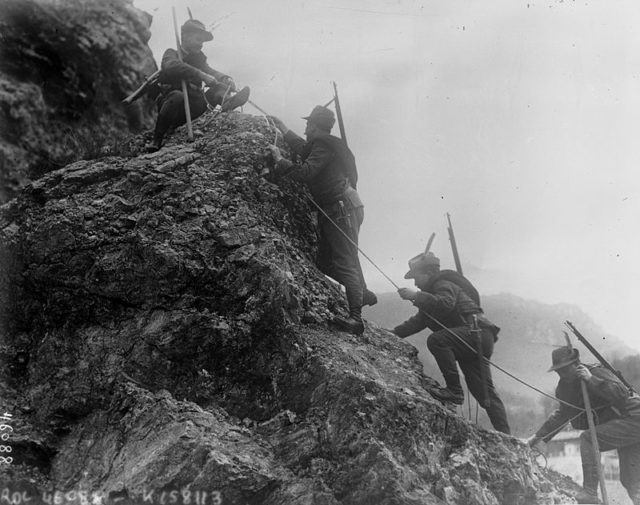
Arditi soldiers were encouraged not to carry their long carbine rifles. Instead, they were armed with a distinctive dagger and a pair of hand grenades.
They preferred the Thevenot hand grenade, as it provided a limited, somewhat weak explosion, contrary to the noise it made once activated. This caused terrible confusion among the entrenched enemy soldiers, who had been dazed by the artillery barrage.
For attacks against bunkers and pillboxes, the Arditi used flamethrowers and small-calibre infantry cannons which were easy to carry. Their main weapon, however, which made them notorious among enemy troops, was the dagger.
Highly-skilled in hand-to-hand combat, the Italian commandos would jump into an enemy trench and massacre everyone inside.
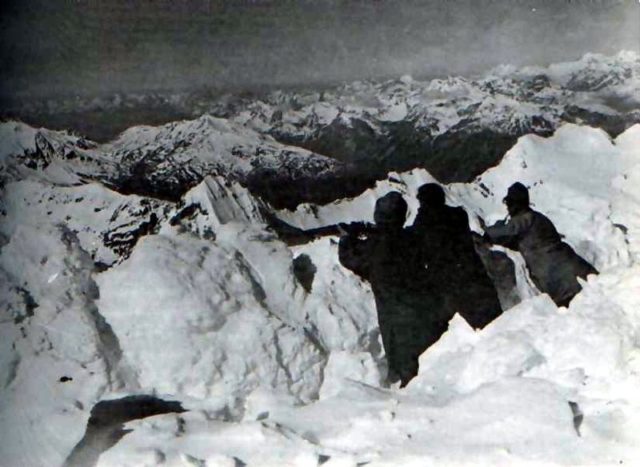
Even though it would seem this tactic was out-dated at the time of WWI, it proved to be most effective. Standard-issue infantry weapons were often long bolt-action rifles, which were of little use in direct fighting.
The men were trained along the lines of a fencing and martial arts manual, entitled The Flower of Battle, written in the late 14th century, by a knight called Fiore dei Liberi. This gave them an advantage in close combat which proved to be crucial for their success.
Driven by the motto “We either win, or we all die,” the Italian shock troopers carried out suicide charges. Their casualties were 25% to 30% on each mission. On one occasion, while attacking Monte Osvaldo in April 1916, an entire Arditi unit comprised of 13 officers and 400 soldiers was completely wiped out.
Although their success rate was favorable, it was an incredibly dangerous calling.
In 1917, there were 18,000 Arditi members. A training facility was established at Sdricca di Manzano, in the region of Friuli. By the end of the war, there were 25 assault units, forming a division of shock troopers.
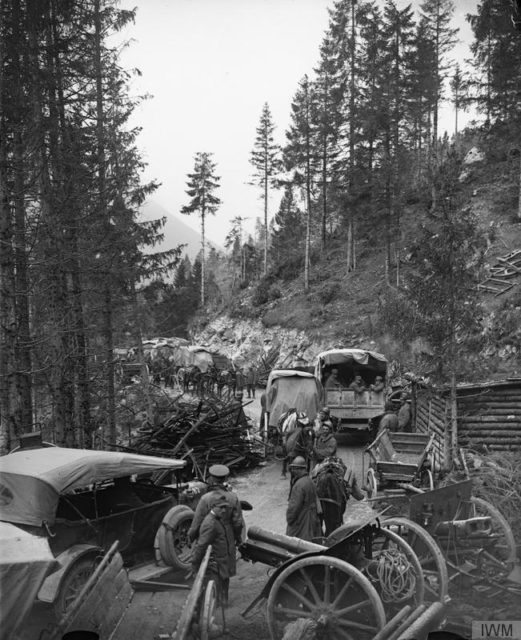
One group of Arditi soldiers were infamous for their use of stealth tactics against the enemy. Dubbed “The Caimans of the Piave” they fought on the Italian River Piave.
They swam silently across the river at night, with their daggers between their teeth and wrecked havoc on enemy positions. Their weapon of choice was the Sardinian folding blade called Resolza.
These men contributed significantly to the breakthrough on the Piave in November 1918, which finally led to the defeat of the Austro-Hungarian Armies.
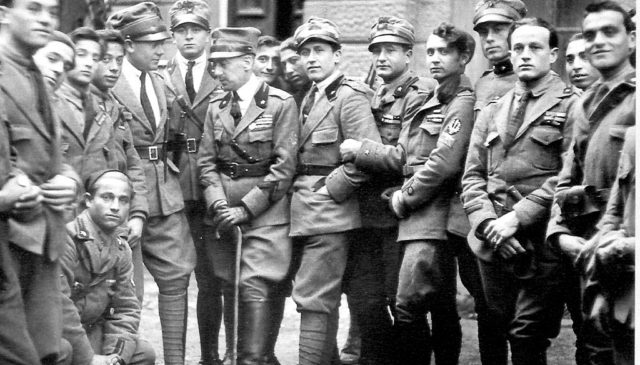
After the war, in 1920, the Arditi were officially disbanded. However, they continued to act as a factor in the political life of Italy. They participated in the illegal occupation of the city of Fiume (today called Rijeka, in Croatia).
Under the leadership of Gabriele D’Annunzio, they staged a coup d’etat and proclaimed him as Duce.
Incidentally, the Arditi’s look was used by Mussolini as a pattern for his notorious black-shirt militia.
Although the post-war Arditi were associated with the rise of fascism, one faction took a clearly anti-fascist stand.
The Arditi del Popolo were mostly former servicemen who formed a paramilitary group to confront the rising threat of Mussolini and fascism.
Their most famous standoff was in 1922 in the city of Parma when 350 Arditi engaged in open street fights with more than 10,000 black shirts and their supporters.
They defeated them in the battle, but after Mussolini had gained power later that year, they were all arrested, and most were executed.
The legacy of the Arditi units remains within the Italian special forces to this day.
